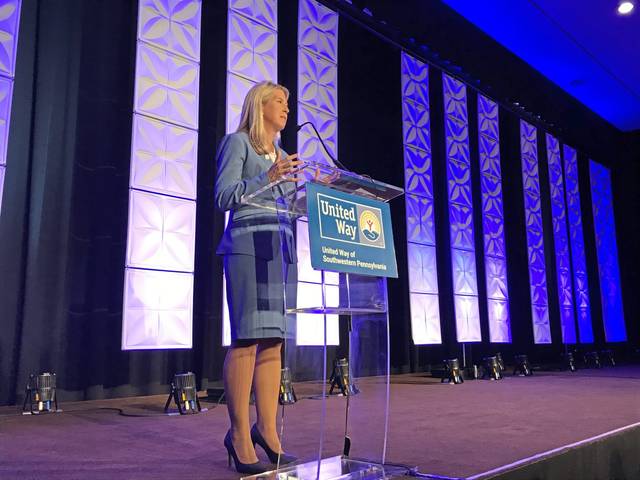https://triblive.com/opinion/editorial-helping-women-helps-us-all/
Editorial: Helping women helps us all

Women need a helping hand.
It isn’t that women are more deserving of help than men. It isn’t that women are more likely to be in need of help than men. It isn’t that women can’t help themselves.
It’s that women in need are likely to have so much on their shoulders, and helping those women doesn’t just help the women.
Helping women could be the best example of viral economics in action.
According to the U.S. Census Bureau, there are about 11 million single-parent families in America. More than 80% are helmed by a mom. The numbers tell us mom is likely white and has one or two children, and she works at least one job.
A lot are poor — about 34% — but more than half aren’t, which can mean they don’t qualify for the wonderful, necessary programs that make it possible to work a full-time job while raising a round-the-clock family.
That is what makes programs like the United Way of Southwestern Pennsylvania and its Women’s Leadership Council of Allegheny County’s “United for Women” so important.
The program has helped thousands of women over hurdles like medical crises or a lost job, extending that helping hand that can prevent a problem from becoming a calamity that doesn’t just touch one person.
United for Women is also about more than money — although raising money is important. It’s about volunteerism, because sometimes that helping hand someone needs really isn’t a handout. It is the kind of hold-on-tight grasp to pull yourself to safety, the steady hand of someone who understands and can lead you to a foothold.
Helping a woman helps her kids. Helping her family can help their neighborhood and schools. Kids who aren’t struggling with poverty and homelessness and hunger are more likely to stay in school, to see an upward path in life and to not fall into traps like drugs and crime.
So do it for the women. Or do it for the kids. But if you don’t want to do that, do it for yourself, because we all benefit by it.
Copyright ©2025— Trib Total Media, LLC (TribLIVE.com)
